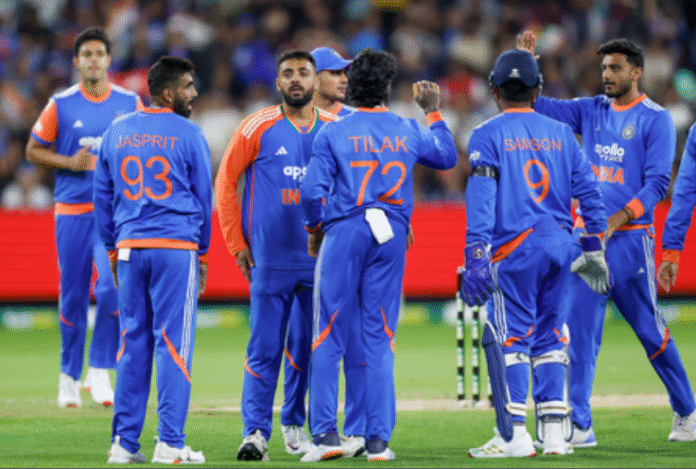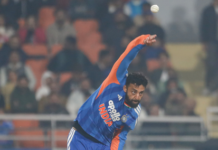MELBOURNE — Former India wicketkeeper Parthiv Patel has called on the Indian team management to reassess its spin combination and lower-order balance following a disappointing four-wicket defeat to Australia in the second T20 International at the Melbourne Cricket Ground on Friday.
Inserted to bat first, India’s top order collapsed under pressure from Josh Hazlewood’s incisive spell of 3-13, leaving the visitors reeling at four wickets down inside the powerplay. While Abhishek Sharma fought back with a composed 68, the rest of the lineup failed to recover, and India were bowled out for 125 in 18.4 overs. Australia comfortably chased the target with 40 balls to spare, taking a 1-0 lead in the five-match series.
Speaking on JioStar, Patel said there were positives despite the loss but stressed that India must address key tactical issues. “There are positive takeaways like Abhishek Sharma’s batting and Varun Chakaravarthy’s bowling, but the team management faces crucial decisions,” he said. “They must determine the optimal combination regarding playing two wrist spinners in Australian conditions and whether to strengthen batting at number eight by including a bowler like Harshit Rana, who can bat, instead of a specialist like Arshdeep Singh.”
Patel also questioned India’s decision to bat first despite the presence of heavy dew. “The toss strategy raises questions; despite significant dew, India intended to bat first. This decision requires examination, especially since local groundsmen confirmed heavy dew formation during evening matches,” he noted.
Turning to Shubman Gill’s form and role as vice-captain, Patel said the young opener should focus on playing to his strengths rather than mirroring his partner’s aggression. “As vice-captain, Shubman Gill’s contributions remain crucial, though the primary discussion revolves around team composition rather than the established opening partnership with Abhishek Sharma,” he said.
“Gill has the ability to play aggressive shots down the ground and match Abhishek’s intent, but he doesn’t need to replicate that style. His strength lies in timing the ball beautifully through the mid-on and mid-off region, as he did in the first T20I in Canberra,” Patel explained. “Given his experience and reading of the game, he can afford to set his own tempo, much like he did during the Asia Cup, rather than altering his natural game.” (Source: IANS)













